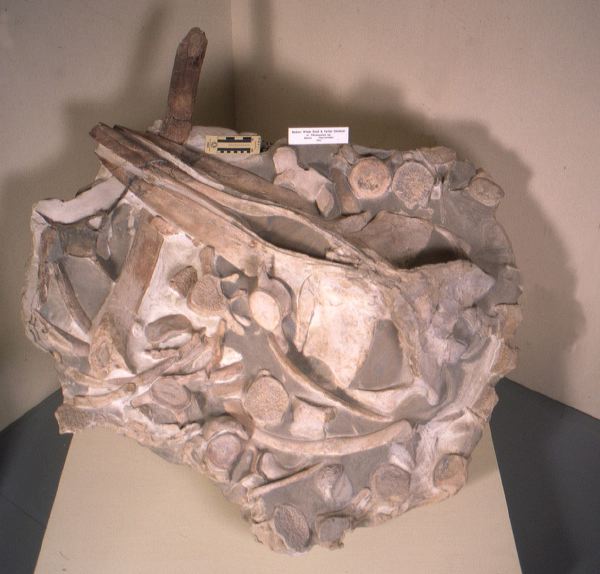Favorite CollLection Triceratops Real Figure Keyring
$11.95
After the great extinction and collapse of Earth’s ecosystem at the end of the Mesozoic Period, many ecological niches opened up for “colonization”. Marine icthyosaurs,plesiosaurs, and mosasaurs had all succumbed to the same extraterrestrial impact that had destroyed the dinosaurs on land. Thus, not only were mammals able to diversify on land, but many groups turned to the sea to make a new life.
Toothed whales (odontocetes) first appeared in the Eocene 50 million years ago. Odontocetes evolved into many different forms, including the extinct and primitive zugladonts, and the surviving sperm and killer whales and many forms of dolphins. Approximately 25 million years ago, the first filter feeding, or baleen (mystocete) whales appeared. About that same time seals and sea lions came on the scene.
Later mammals to “take the plunge” included the walrus and sea otter. The fossil record also offers us some very compelling evidence of some rather surprising groups that took up life at sea, such as relatives of elephants and sloths.. This should not seem too surprising,considering that mammals, like all living things, were derived from forms that crawled out of the ocean millions of years before.

In 1995 Black Hills Institute, together with our Swiss colleagues at Siber and Siber, began a six year program of exploration for, and collection of fossils, in Peru. This effort was under the auspices of the Peruvian Government and the Natural History Museum, Javier Prado,Universidad San Marcos, in Lima. Of particular interest were the marine sediments of the Pisco Formation.
The Pisco Formation is of Miocene to Pliocene Age. The sediments are mostly sand laid down in a near shore environment sheltered by barrier islands. These sands preserve a diverse fauna of invertebrates, fishes, penguins and shore birds, and marine mammals. These sediments are exposed approximately 500 kilometers south of Lima.
The most conspicuous element of the fauna is the presence of large articulated baleen whales.These wonderfully complete skeletons lie exposed on the surface by the erosional forces of the wind. Unfortunately, once a specimen has been exposed these same forces work to destroy the fossils. Blowing sand rapidly erodes any exposed bones. Of course, the best specimens are those that are discovered and collected shortly after they have begun to be exposed.
Extraordinary specimens were collected. These include complete baleen whale skulls and skeletons, toothed whale skulls, seal skeletons, penguins, boobies, fishes, a wide variety of sharks’ teeth, turtles, mollusks and ophiroids. But some of the most bizarre fossils were those of what is almost certainly a marine sloth. Truly a South American surprise.
Black Hills Institute has real fossil whale skeletons and a disarticulated partial specimen from the Pisco Formation of Peru, available for sale.